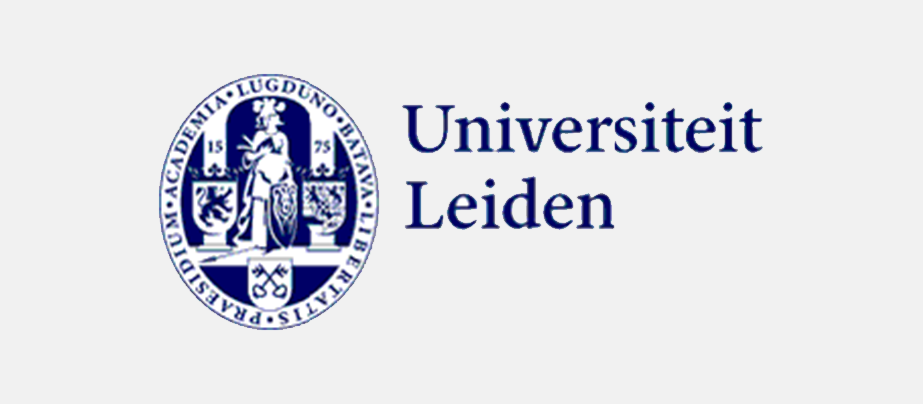The Concept of Maqasid al-Shariah As an Instruments of Ijtihad According to Imam al-Shatibi in al-Muwafaqat fi Ushuli Al-Shariah
Abstract
As written in al-Muwafaqat fi Ushuli al-Syari'ah, Imam al-Shatibi explained that every divine law (the command of Allah) must be prescribed on purposes. The intended purposes or objective of the law is to fulfill for the benefit of humankind. Imam al-Shatibi divided the higher objectives of law into two categories: (1) the objectives of the Lawgiver (Allah), and (2) the human objectives (the benefits that refer to humankind as the doer of law). The human objectives are defined in three scales: from the ‘essential’ (dharûriyat), to the ‘necessary’ (hajiyât), and to the ‘complementary’ (tahsiniyât). Furthermore, Imam Al-Shatibi explained that there are four steps in understanding the human objectives. The first is understanding maqasid (objectives) through the purity of the command and prohibitions. The second is understanding maqasid through the existence of ‘illah (basis) contained in commands and prohibitions. And the third, understanding the maqasid through the law that related to 'adah (customs) and 'ibadah (worship) which have the main and additional objectives. Fourth, understanding the maqasid through silence on the part of Allah due to the absence of any occasions or circumstances for further declaration related to certain matter. In other word, there is no evidence from the Holy book on certain issue which provides the reasons of the law implementation despite the existence of the meaning (ma’na) behind the revelation.
Keywords
Full Text:
PDFReferences
Abdulkhâliq, A. (1985). al-Maqâshidu al-Âmah li al-shariah al-Islâmiyah. Maktabah al-Shafwah al-Islamiyah.
Afif Muamar, A. S. A. (2017). Maqasid Syariah. Jurnal of Islamic Economic Lariba, 3(2), 15–35.
Al-Ajfan, M. A. (1985). Min Atsâr Fuqahâ’ al-Andalus; Fatâwa al-Syâthiby. Nahju Louz.
Al-Dzanun, A. H. (1988). Afâq Gharnâthah. Dâru al-Ma`rifah.
Al-Khâthib, L. (1973). al-Ihâthah fi Akhbâri al-Gharnâthah. Maktabah al-Khânjy.
Al-Ubaidy, H. (1996). al-Syâthiby wa al-Maqâshidu al-shariah. Dâru Qutaibah.
Ali, A. Â. (1998). al-Imâm al-Syâthiby; Aqîdatuhu wa Mauqifuhu min al-Bida`i wa Ahlihâ,. Maktabah al-Rusyd.
Burnu, M. S. bin A. (2012). Mausû`ah Qawâ`id al-Fiqhiyah. Muassasah al-Risâlah.
Hasany, I. (1995). al-Nazhariyah al-Maqâshid `Inda Imam Muhammad al-Thâhir bin `Asyur. The International Institute of Islamic Thought.
Ikhlas, A., Wardevi, R., & Wiza, R. (2017). Sukut Al-Syâri` Dalam Perspektif Imam Al-Shatibi Dan Kehujjahannya Dalam Ijtihad. Juris (Jurnal Ilmiah Syariah), 16(1), 65. https://doi.org/10.31958/juris.v16i1.966
Jamal, R. (2016). Maqasid Al-Syari’ah Dan Relevansinya Dalam Konteks Kekinian. Jurnal Ilmiah Al-Syir’ah, 8(1), 1–12. https://doi.org/10.30984/as.v8i1.34
Khadimy, N. bin M. (1998). Ijtihad al-Maqasidy. Wizaratu al-Awqaf wa al-Syu’un al-Islamiyah,.
Marâghy, A. M. (1946). Tafsir al-Marâghy. Maktabah al-Bâby al-Halaby.
Mu’nis, H. (1996). Mausû`ah Tarikh al-Andalus. Maktabah al-Tsaqâfah al-Diniyah.
Munir, B. (2014). Ta`arudh al-Mashalih wa al-Mafasid wa Thuruq Ta`amul bihi Inda Isthinbath al-Ahkam wa al-Fatwa wa al-Ijtihadat al-Mu`ashirah. XVI(1), 49–106.
Mutakin, A. (2017). Hubungan Maqāṣid Al Syarī’ah Dengan Metode Istinbāth Hukum. 17, 113–136.
Qusyairy, M. bin A. bin W. (2010). Syarhu al-Arba’in al-Nawawiyah. Dâru al-Salâm.
Rahmi, N. (2018). Maqasid Al Syari’ah: Melacak Gagasan Awal. Syariah Jurnal Hukum Dan Pemikiran, 17(2), 160–178. https://doi.org/10.18592/sy.v17i2.1970
Raisûny, A. (1995). Nazhariyah al-Maqâshid `Inda Imâm al-Syâthiby. The International Institute of Islamic Thought.
Sa`dy, A. bin N. (2002). al-Qawâ`id al-Ushûliyah al-Jâmi`ah. Maktabah al- Sunnah.
Sabil, J., Hasanah, R., & Abdullah, A. (2008). Pengawasan Internal Perspektif Maqāṣid Al-Syarīʻah (Analisis Peraturan Pemerintah No. 60 Tahun 2008 tentang Sistem Pengendalian Intern Pemerintah). 20(2), 264–274.
Sanu, Q. M. (2000). Mu`jam Ushûl al-Fiqh. Dâru al-Fikri.
Suyuthy, J. A. (n.d.). al-Asybâh wa al-Nazhâ’ir. Makatabah Nazar Mushthafa al-Bazar.
Syathiby, I. bin M. al-L. al-G. (2003). al-Muwâfaqât fi Ushûli al-shariah. Dâru al-Kutûb al-Ilmiyah.
Umar, A., Ahmad, F., Mobin, M. A., Economic, A. S., Halim, A., Noor, M., Bahrom, H., & Rahim, A. (2015). Between Sharia Maqasid Index and Human Development Index: Which One is Happier? 17(2), 333–372.
Yazid, I. (2017). Analisis Teori Syar’U Man Qablana. Al Mashlahah Jurnal Hukum Dan Pranata Sosial Islam, Vol 2(4), 369–380.
Yuby, M. S. bin A. bin M. (1998). Maqâshidu al-shariah al-Islâmiyah wa `Alaqâtuhâ bi Adillah al-Syar`iyah. Dâru al-Hijrah.
Zatadini, N., & Syamsuri, S. (2018). Konsep Maqasid Syariah Menurut Al-Syatibi Dan Kontribusinya Dalam Kebijakan Fiskal. AL-FALAH : Journal of Islamic Economics, 3(2), 1–14. https://doi.org/10.29240/alfalah.v3i2.587
DOI: http://dx.doi.org/10.22373/jms.v23i2.10138
Refbacks
- There are currently no refbacks.
Copyright (c) 2021 Al Ikhlas; Desi Yusdian; Alfurqan; Murniyetti; Nurjanah

This work is licensed under a Creative Commons Attribution-ShareAlike 4.0 International License.
All papers published in Media Syari'ah : Wahana Kajian Hukum Islam dan Pranata Sosial are licensed under a Creative Commons Attribution-ShareAlike 4.0 International License. |



.png)


.png)
.png)
.png)






















